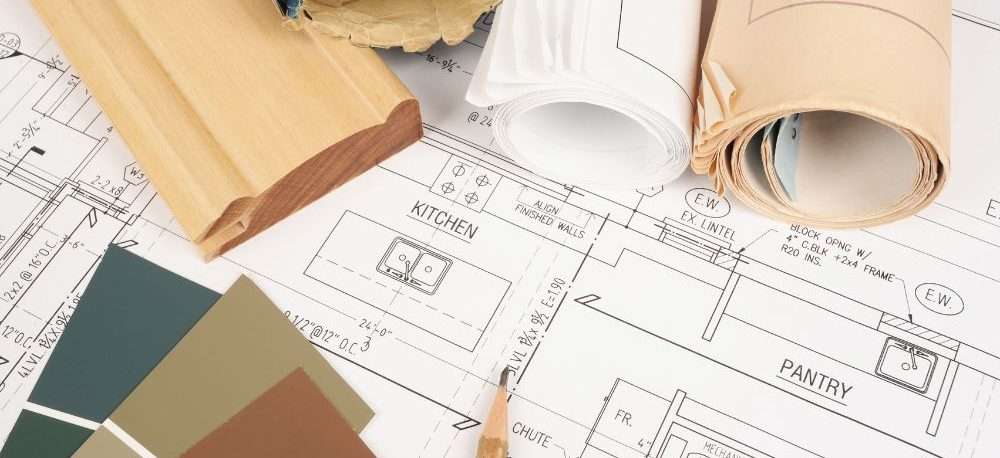
Ovens & Ranges: The Heart of the Kitchen and How to Keep Them Happy
Ah, the oven. The unsung hero of weeknight dinners, holiday feasts, and those late-night frozen pizza rescues. Whether you’re a culinary wizard or someone who thinks “broil” is a threat, your oven and range are central to your kitchen’s soul. But with so many types out there – gas, electric, dual fuel, induction, glass top – it’s easy to feel like you’re choosing a spaceship instead of an appliance.
Don’t worry. I’m your friendly neighbourhood handyman, and I’ve installed, repaired, and cleaned more ovens than I care to admit (though I will brag about the time I fixed one during a blackout using a flashlight and sheer stubbornness). So let’s break it down, keep it light, and make sure your oven doesn’t become a fiery pit of forgotten lasagna cheese.
Gas vs. Electric vs. Dual Fuel: The Great Debate
Let’s start with the basics. Choosing the right oven/range combo depends on your cooking style, your home’s setup, and whether you enjoy the thrill of open flame or the predictability of electric heat.
- Gas Ranges: Loved by chefs and pyromaniacs alike. Instant heat, great control, and that satisfying click-click-whoosh when it ignites. Requires a gas line, obviously.
- Electric Ranges: Reliable, consistent, and often cheaper to install. Great for baking, not so great for searing steaks unless you’ve got patience and a cast iron pan.
- Dual Fuel Ranges: The best of both worlds. Gas cooktop for precision, electric oven for even baking. Fancy? Yes. Worth it? Also yes – if you’ve got the budget and the hookups.
- Induction Cooktops: Sleek, modern, and powered by science. Uses magnetic fields to heat your pots directly. Fast, efficient, and cool to the touch. But you’ll need compatible cookware (sorry, Grandma’s copper pot might not make the cut).
Glass Tops: Shiny, Stylish, and Slightly Temperamental
Glass top ranges look like they belong in a spaceship—and they kind of act like it too. They’re smooth, easy to clean (in theory), and give your kitchen that modern vibe. But they’re also prone to scratches, cracks, and the dreaded “burnt-on mystery goo.”
Pro tip: Never drag your pots across the surface like you’re curling in the kitchen. Lift, place, and use flat-bottomed cookware. And for the love of all things non-stick, don’t use abrasive cleaners or steel wool unless you want a permanent reminder of your scrubbing enthusiasm.
Wall Ovens vs. Freestanding Ranges
If you’re designing your dream kitchen, you might be debating between a wall oven and a traditional range.
- Wall Ovens: Great for accessibility and aesthetics. You can install them at eye level, pair them with a separate cooktop, and pretend you’re hosting a cooking show. Downside? They’re pricier and take up more space.
- Freestanding Ranges: The classic combo. Oven below, burners on top, and usually a back panel with controls. Easy to install, budget-friendly, and perfect for most homes.
Cleaning Your Oven: A Love Letter to Elbow Grease
Let’s talk about cleaning. Because no matter how fancy your oven is, it’s still going to get messy. Grease splatters, cheese drips, and that one time you forgot the pie was still in there – it all adds up.
Here’s how to tackle it like a pro:
- Self-Cleaning Mode: The Lazy Genius
Most modern ovens have a self-cleaning function. It locks the door and cranks the heat to incinerate food residue into ash. Sounds great, right? It is – but use it sparingly. It’s hard on the appliance and can make your kitchen smell like a campfire.
Tip: Run it when you can open windows, and never leave pets nearby. They don’t appreciate the smoky ambiance.
- Manual Cleaning: The Old-School Way
If your oven doesn’t self-clean (or you don’t trust it), grab some baking soda, vinegar, and a sponge.
- Mix baking soda with water to make a paste.
- Spread it inside the oven (avoid heating elements).
- Let it sit overnight.
- Spray with vinegar and wipe clean.
It’s like a science experiment, but with less danger and more sparkle.
- Glass Top TLC
For glass tops, use a cleaner specifically made for ceramic surfaces. Apply gently with a soft cloth or sponge. For stubborn spots, a razor blade scraper can help—gently, very gently. You’re cleaning, not carving your initials.
- Knobs, Racks, and Crannies
Don’t forget the details. Remove knobs and soak them in warm soapy water. Oven racks can go in the bathtub with a towel underneath to prevent scratches. And that crumb trap between the stove and counter? Slide a butter knife wrapped in a damp cloth down there and prepare to be horrified.
Final Thoughts From Your Oven Whisperer
Your oven and range are more than just appliances – they’re the heart of your kitchen, the stage for your culinary triumphs and occasional disasters. Treat them well, clean them often, and choose the right one for your lifestyle.
And if you ever find yourself staring at a burnt casserole wondering where it all went wrong, just remember: even the best chefs have set off the smoke alarm. You’re in good company.
Stick around for the next article. Until then, keep your burners hot and your cleaning cloths handy.
The Friendly Hammer is a participant in the Amazon Services LLC Associates Program, an affiliate advertising program designed to provide a means for us to earn commission by linking to Amazon.ca and affiliated sites.
